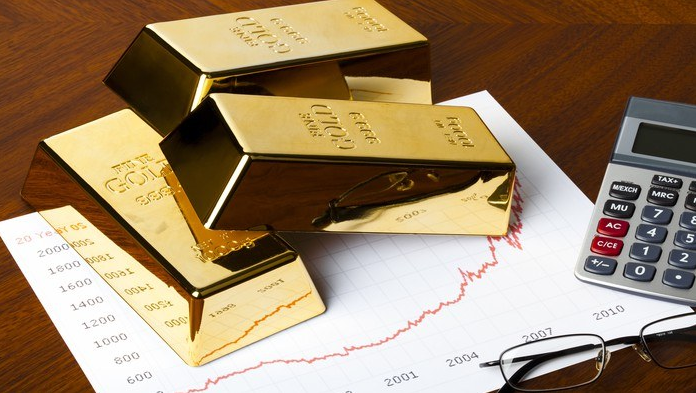Precious metals trading can be an effective way to build wealth over time if you enter with a long-term strategy. Unlike short term trading, where one trades to make money quickly from short-term swings in price, long term trading means holding a stock to benefit from the stock’s strong growth qualities and market trends. For centuries gold and silver have long been valued as stores of wealth, precious metals, have been valued as stores of wealth, and this function in a diversified investment portfolio is not obsolete. Knowing what it takes to trade precious metals with the larger aim in mind can assist investors to stay on course through changing market conditions and come out of the trading with more consistent returns.
One of the key aspects of long term precious metals trading is going to be dealing with a cyclical market. Often as a result of inflation, interest rates and broader economic movement, precious metals can enter into periods of growth and decline. Investors can weather the short term volatility of precious metals by taking a long term position and view them as they are an overall upward trend with time. This plan needs to have a good amount of patience to understand market cycle, stick to the long term goal and not react to each and every market movement.
Diversification is also another important factor in long term precious metal trading. Gold and silver are the most commonly traded metals, but other precious metals such as platinum and palladium may also be part of a well balanced portfolio. The market for each metal has its own list of drivers that can drive it differently on different economic backdrops. Investors can reduce risk and make long term gain by diversifying into several metals. Trading precious metals allows investors to choose a mix of assets which suits the risk appetite and investment objectives.
Apart from diversification, long term precious metal trading often involves a buy and a hold strategy. The idea under this approach is that precious metals tend to appreciate in value over time in times of economic uncertainty. Metals can be purchased and held for years or decades if an investor believes in their long–term growth potential. Although this is a strategy where one needs to put trust in the stability and value of precious metals, history has demonstrated their reliability during inflation, financial crises, and unstable market times.
Long term precious metals trading is one of the benefits from such a hedge against inflation. But since fiat currency loses its purchasing power over time, thanks to inflation, precious metals have been able to maintain their purchasing power. Gold and silver are often effective for preserving wealth during inflationary periods. Precious metals are held as portfolio protection for the long run, protecting the portfolios of the investors against the erosion of inflation and finally protecting their financial future.
For traders, long term precious metals trading could be especially secure. Unlike stocks or bonds, precious metals are straightforward physical assets and don’t derive from a particular economy or currency. These qualities mean that they can be an attractive proposition for those investors that want stability and security in uncertain times.
In general, in precious metals trading, long term strategies involve patience, diversification and being able to survive market turbulence. Market cycles can be understood and through observing the long term growth of precious metals, investors utilize a buy and hold policy to avoid such risk. Precious metals trading is a timeless method of building wealth over time and protecting against economic uncertainties serving as both a hedge against inflation and a stable store of value.

